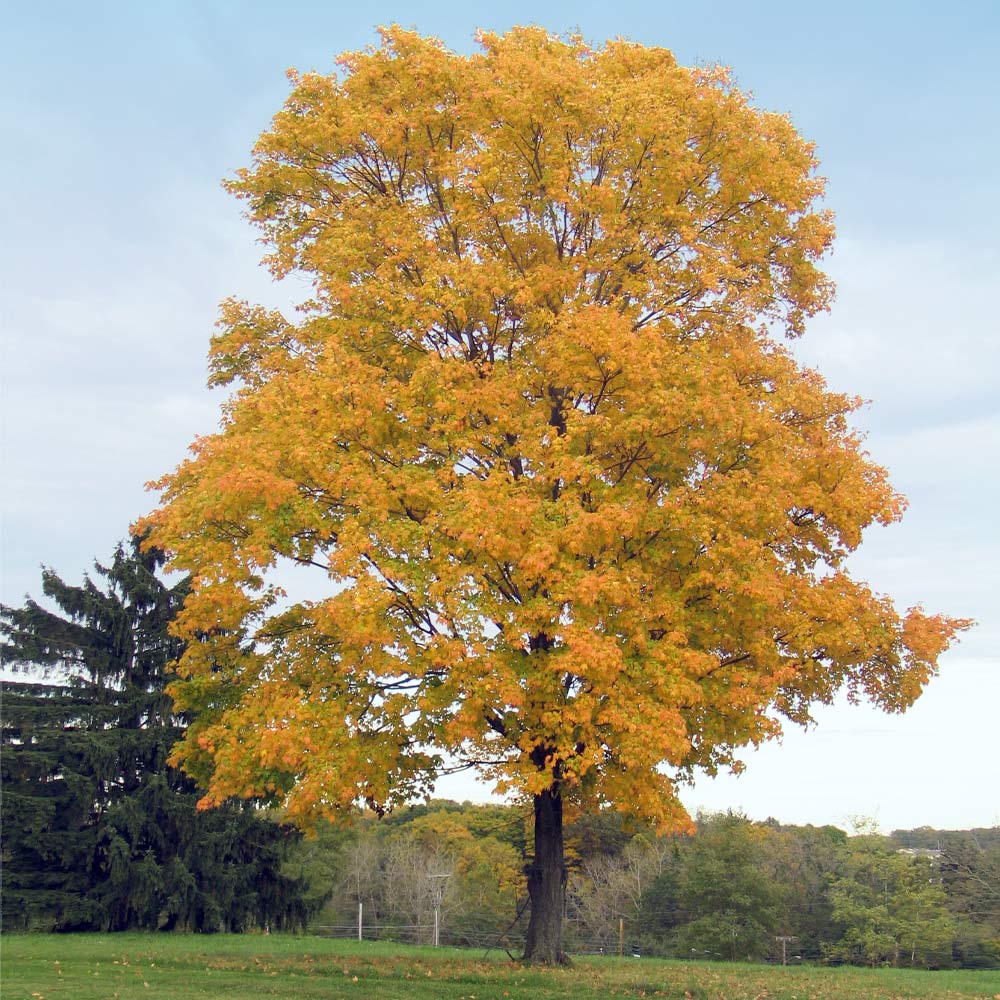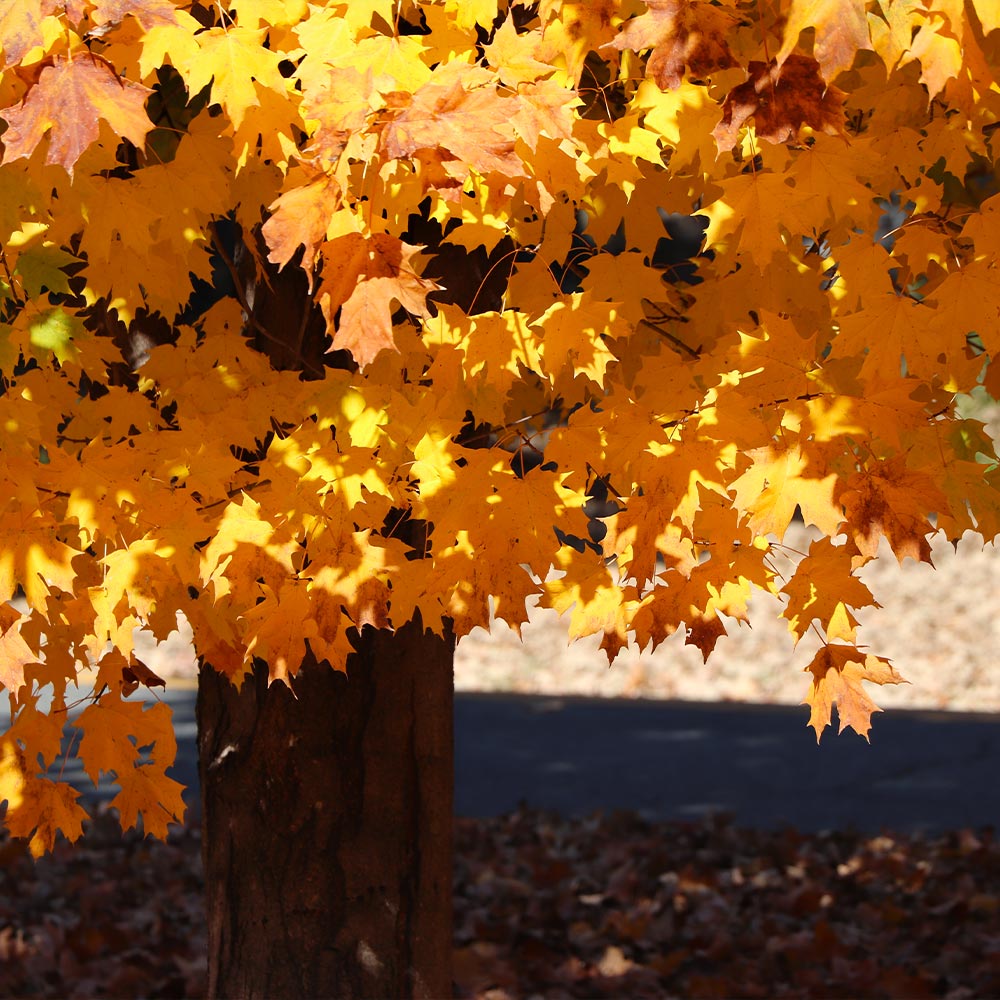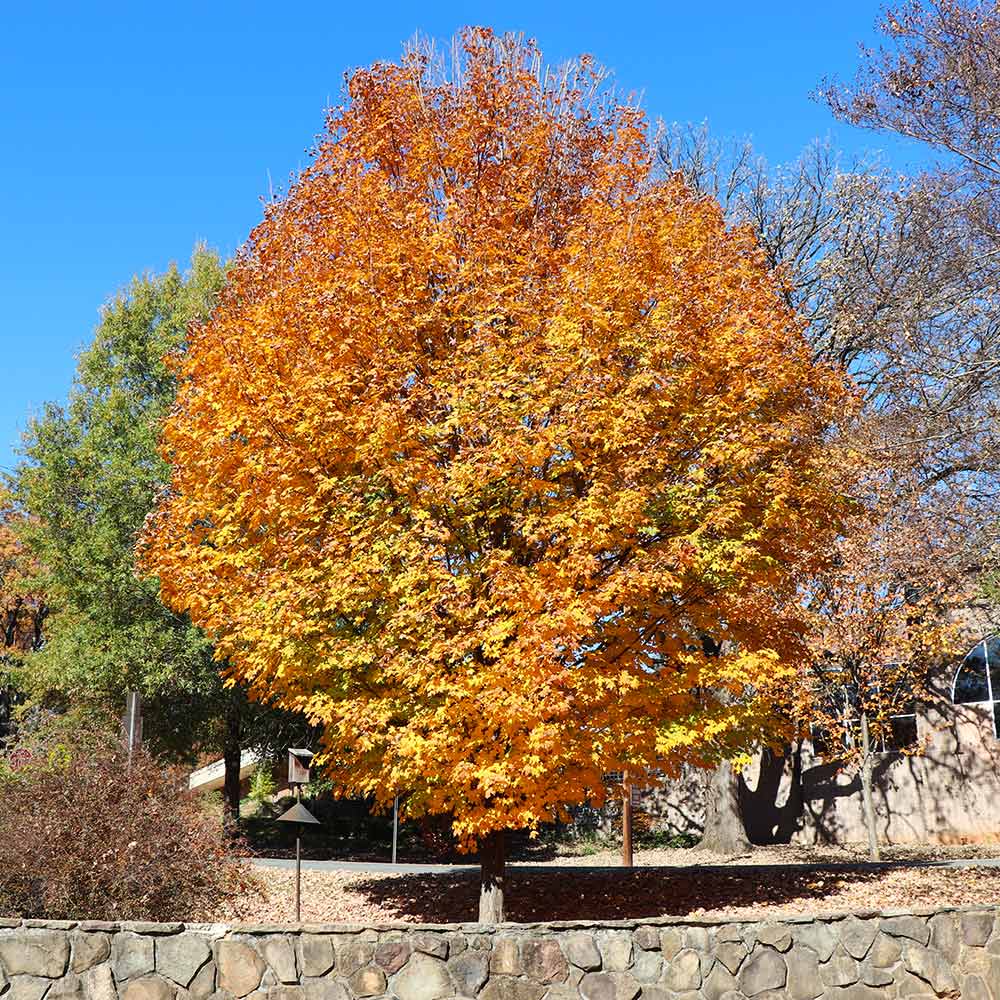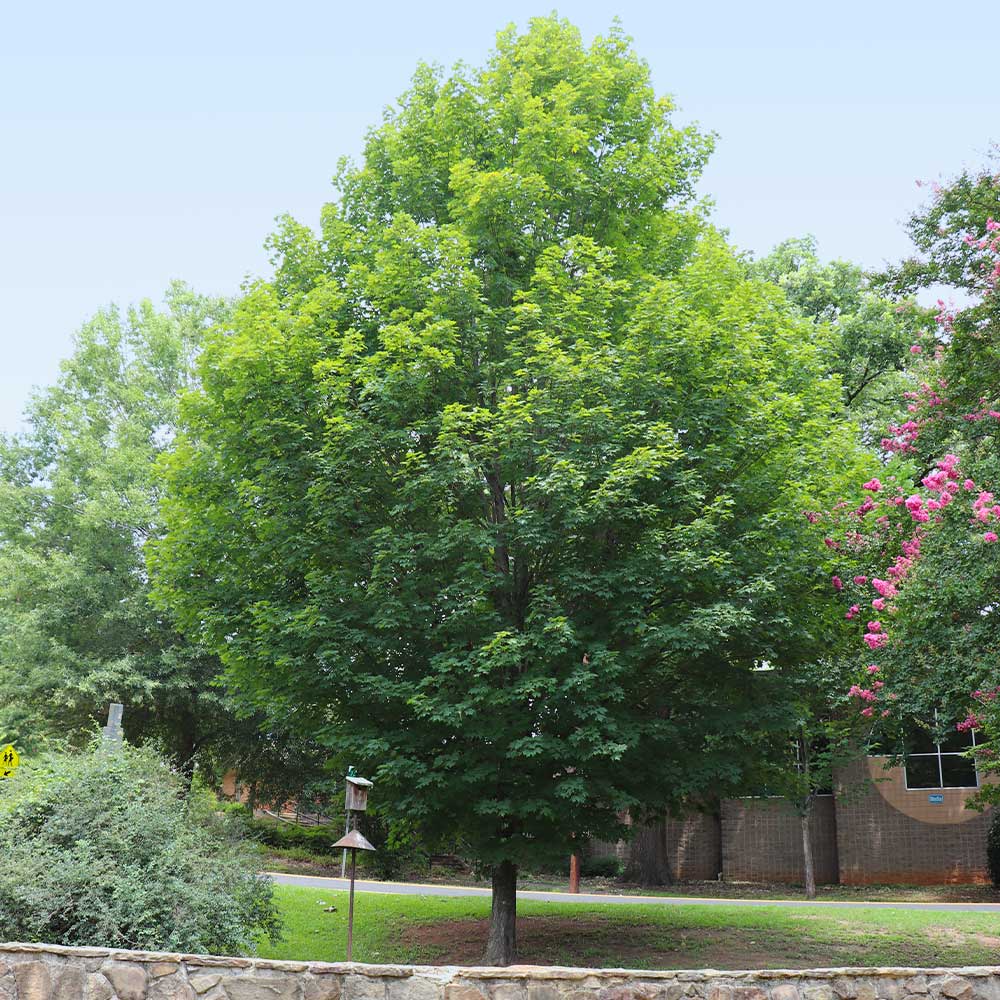Easy-Growing Silvery Shade for Every Yard
Why Silver Maple Trees?
If you want a large, easy-growing shade tree with ornamental features that will grow nearly anywhere, then look no further than the Silver Maple Tree.
What do you get with the stunning Silver Maple?
- Enchanting silver colors: The underside of its green leaves is tinted silver to illuminate your yard.
- Steady growth: The Silver Maple claims up to 3 feet each year for shade in your yard.
- Soil adaptability: Plant it in the soggy spots in your yard where other trees can't thrive.
Naturally growing near riverbanks and ponds, the Silver Maple creates the perfect summertime picnic spot but is also well-suited to street borders or focal point plantings.
Why Fast-Growing-Trees.com is Better
The adaptability and durability of this native tree makes it a well-loved tree throughout American history. But the best part is that we've planted, grown and nurtured each Silver Maple at our nursery, long before shipping. That means a well-developed root system and better results for you in your own landscape. Even better? You reap these long-lived, lush rewards without any effort on your part.
Plant this historically well-loved tree in your yard soon. This native tree has been loved for centuries, and its long-lasting popularity isn't going to slow down.
Order your Silver Maple today!
Planting & Care
1. Planting: The Silver Maple can be planted in any soil condition, though it naturally grows in soggy bottomlands. It can tolerate full sun or partial shade (but prefers 4 to 8 hours of sunlight daily). Plant in a hole twice as wide, though just as deep as the root ball. Mulch around the canopy, but not near the trunk, to help the tree maintain moisture. Plant your Silver Maples with some spacing from power lines, structures, sidewalks and sewer lines.
2. Watering: This tree can tolerate wet or dry conditions. Be sure to water the tree weekly in its young life to ensure proper growth. If you live in an area with frequent droughts, you may need to water weekly throughout its life.
3. Pruning: Prune maple trees during winter or early spring before bud break, when they are fully dormant. This helps minimize stress on the tree and reduces the risk of disease transmission. Maples can bleed sap heavily if pruned during the growing season (spring and summer). Remove dead or broken branches first. Next, thin out the canopy to allow for better light and air circulation.








Comment